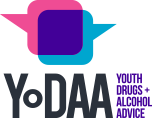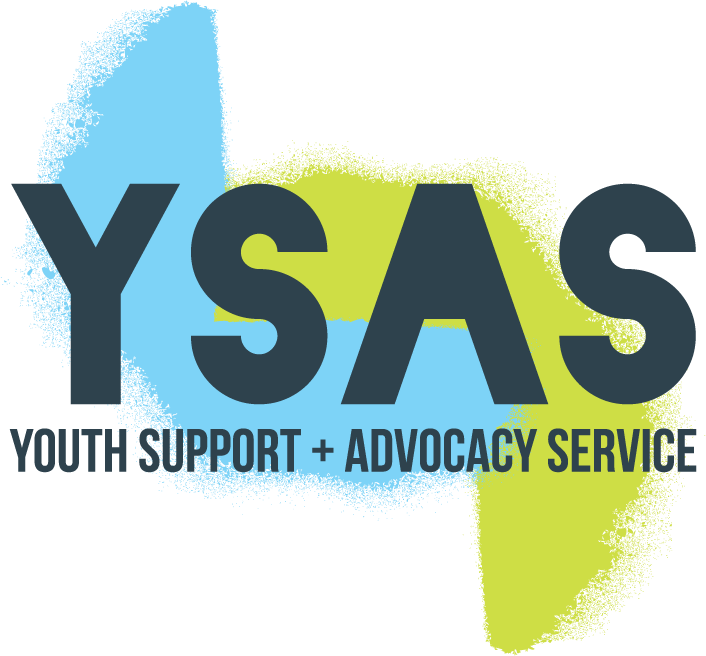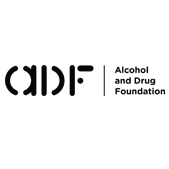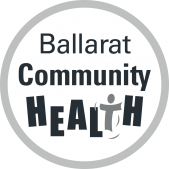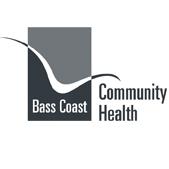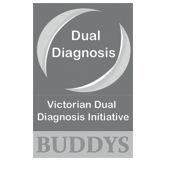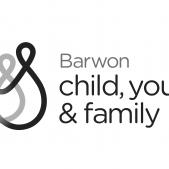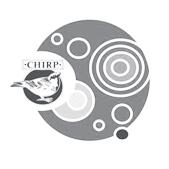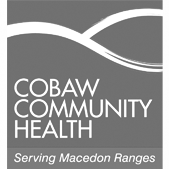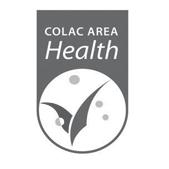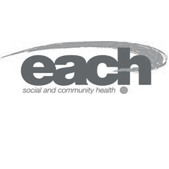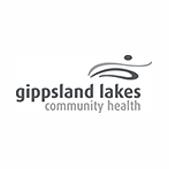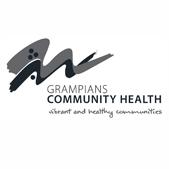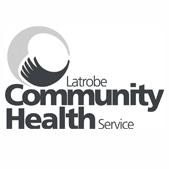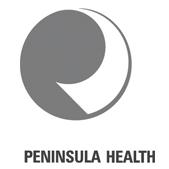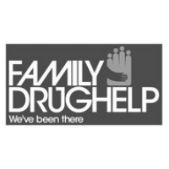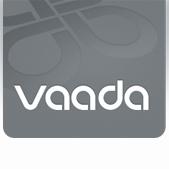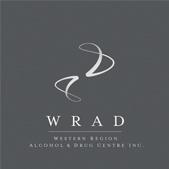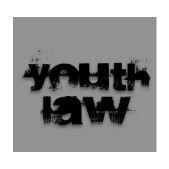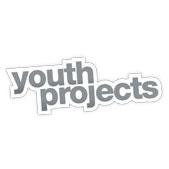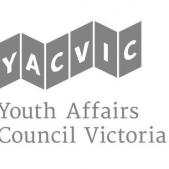Drug Facts
Ketamine-Fast facts for schools
There aren’t many reports of young people using ketamine in school time and ketamine is unlikely to be used by students trying to hide or conceal their use.
WHAT
Ketamine is a depressant and a hallucinogen. It is often used as a medical anaesthetic and is only legal in this function.
OTHER NAMES
Special K, K, ket, kitkat, super K, wobble
HOW COMMON IS USE?
In 2010, 1.4 per cent of Australians aged over 14 years had used ketamine (National Drug Strategy Household Survey, 2010). Ketamine is not commonly used by young people of school age.
HOW CAN I TELL IF SOMEONE IS USING OR DEALING AT MY SCHOOL?
Ketamine is not particularly distinctive and looks very similar to many othe drugs and substances. It comes as a white crystalline powder, tablet, pill or liquid.
HOW CAN I TELL IF A YOUNG PERSON IS USING?
There aren’t many reports of young people using ketamine in school time and ketamine is unlikely to be used by students trying to hide or conceal their use. It causes ‘Floaty’ and detached feelings, physical inability to move, and hallucinations leading to good or bad trips. Large doses can exacerbate mental health problems.
IMPLICATIONS FOR THE CLASSROOM
In a school setting, if ketamine is an issue it is most likely this will be as a result of the after effects of ketamine rather than a young person using in class. The comedown from ketamine ranges from person to person but can include, memory loss and disorientation.
Didn’t find what you are looking for? We’ve just given you the most relevant fast facts for school teachers’. For a more comprehensive guide we recommend the ADF’s info.
